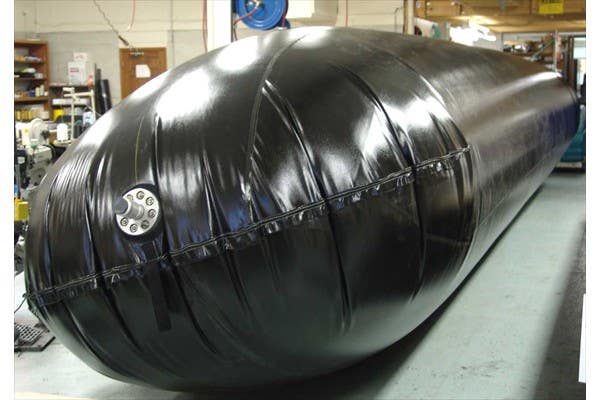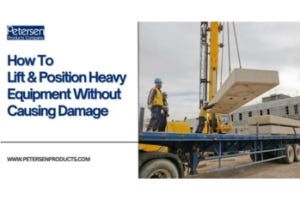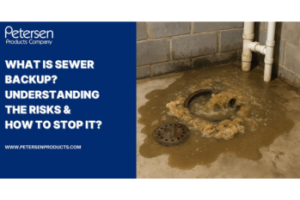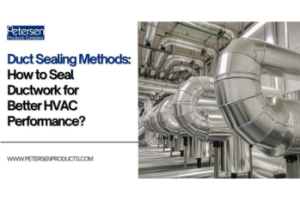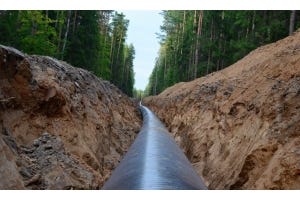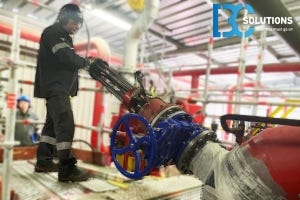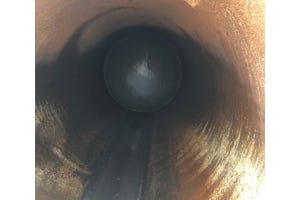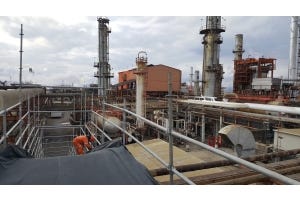Duct Sealing Methods: How To Seal Ductwork For Better HVAC Performance

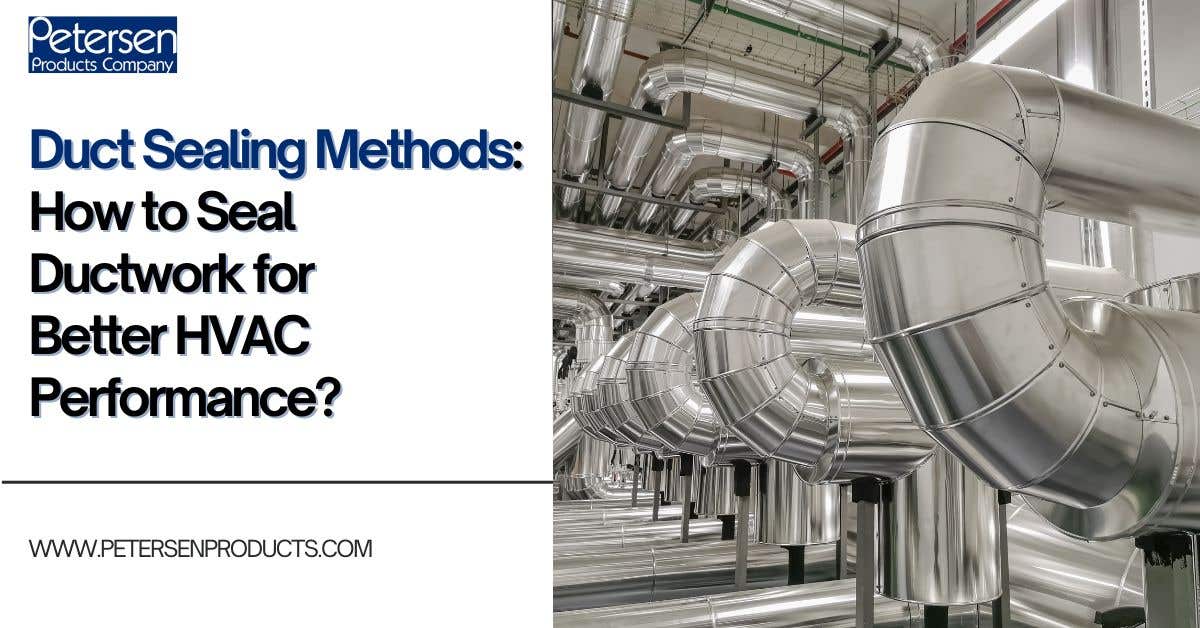
Duct sealing is critical to increasing energy efficiency and HVAC performance. Leaky ducts cause air to escape, which makes heating and cooling systems work harder. This increases energy usage, resulting in higher utility bills.
Unsealed ducts also result in inconsistent airflow, making it difficult to maintain constant indoor temperatures. Poorly sealed ducting can attract dust, allergens, and contaminants, reducing indoor air quality. Over time, these issues can put a strain on HVAC components, resulting in costly repairs.
By correctly sealing ductwork, households and businesses can save energy, increase comfort, and extend the life of their HVAC systems. In this article, we will look at the best duct sealing methods and how to use them efficiently.
Why Proper Duct Sealing Matters?
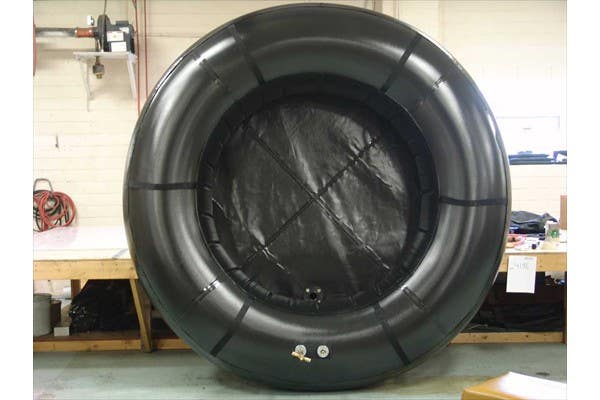
Sealing ductwork prevents air leaks and ensures that heated or cooled air reaches at its intended destination. When ducts are correctly sealed, HVAC systems run more efficiently, saving energy and improving overall performance. This helps to keep temperatures consistent throughout a structure, increasing comfort in every room.
Leaky ducts make HVAC systems work harder to make up for lost air. This extra strain increases energy consumption and reduces the longevity of crucial components. Sealing ducts can help households and businesses save money on maintenance and prevent premature system breakdowns.
Proper duct sealing also improves interior air quality by keeping dust, allergens, and pollutants out of the duct system. Unsealed ducts may carry contaminants from attics, basements, and crawl spaces throughout the building. A well-sealed system contributes to cleaner air, resulting in a healthier interior environment.
5 Effective Duct Sealing Methods to Improve HVAC Performance
Proper duct sealing improves HVAC performance and reduces energy loss. There are various effective solutions, each tailored to different types of ductwork and leaking sites.
1. Mastic Sealant
Mastic is a thick, flexible paste which is applied to duct joints and seams to form an airtight seal. It sticks easily to metal surfaces, making it suitable for stationary ductwork and rigid connections. Once dried, it forms a strong barrier against air leaks, increasing HVAC efficiency.
2. Foil Tape And Mastic Tape
Foil and mastic tapes offer a quick and simple solution for minor ductwork leaks. Unlike standard duct tape, these UL-listed choices are intended exclusively for HVAC applications. They provide a strong, long-lasting seal and are especially beneficial for sealing gaps in flexible and metal ducts.
3. Aeroseal Duct Sealing
Aeroseal is an advanced sealing technology that uses aerosolized particles to seal ductwork leaks from the inside. This method is useful for repairing leaks in hidden or difficult-to-reach duct sections. Aeroseal creates a thorough seal inside the ducts, improving airflow and system efficiency.
4. Mechanical Duct Plugs And Stoppers
Mechanical plugs and stoppers are particularly effective at sealing duct holes, whether temporarily or permanently. Petersen Products' inflatable pipe plugs and Duct plugs are ideal for isolating duct sections during maintenance or pressure testing. These long-lasting plugs form a secure seal, regulating airflow and reducing leaks.
Petersen Products makes many standard and custom Duct Balloons and sealing systems to meet diverse industrial and commercial duct sealing needs.
5. Spray Foam Sealant
Spray foam expands to fill small cracks and gaps in ducting, forming an airtight seal. It is very effective for sealing around duct junctions, connections, and flexible ducts. This approach prevents air leaks while also providing insulation to improve efficiency.
Each of these duct sealing methods is critical to keeping your HVAC system running smoothly and efficiently. The type of ductwork, degree of leaks, and accessibility all play a role when deciding the best solution.
4 Steps on How to Seal Ductwork Properly
Steps to Seal Ductwork Properly sealing ducting improves HVAC efficiency and prevents air leaks. Follow these techniques to create a secure and durable seal.
1. Inspect The Duct System For Leaks And Gaps
Begin by checking the ductwork for any visible gaps, holes, or disconnected joints. Pay special attention to seams, curves, and connectors, where leaks are most prevalent. Check for concealed leaks with a flashlight and feel for escaping air while the HVAC system is working.
2. Clean The Surface Before Applying Any Sealant
Sealants may not adhere well if dirt, dust, or grease are present. Wipe the duct surface with a clean towel and mild detergent. Allow it to fully dry before applying any sealing material to guarantee a solid bond.
3. Use The Appropriate Sealing Method
Select a sealing procedure based on the type of duct and the severity of ductwork leakage.
- For permanent and long-lasting sealing of metal ducts, use mastic sealant.
- Use foil or mastic tape to make quick repairs and flexible duct connections.
- Consider using spray foam sealer to cover tiny cracks and provide insulation.
- Use inflated test plugs, duct plugs or duct balloons to temporarily seal portions for testing or maintenance.
4. Run a pressure test to ensure proper sealing
After sealing, test the duct system to ensure there are no further leaks. A duct blower test or smoke test might aid in identifying any weak places. If required, reapply the sealant or adjust the plugs to guarantee a complete seal.
Following these procedures will improve airflow, enhance HVAC performance, and reduce energy waste in your system.
Conclusion
To summarize, duct sealing is proven to improve HVAC performance and reduce energy waste. Sealing ductwork properly prevents air leaks, maintains stable indoor temperatures, and improves overall air quality. This results in lower energy bills and less pressure on your HVAC system.
Regular duct inspections and repair are required to avoid energy loss. Regularly inspecting your ducting allows you to find and repair leaks before they become costly problems. Learning how to properly seal ductwork and keeping up with routine maintenance can guarantee that your HVAC system functions smoothly and efficiently.
Investing in correct duct sealing measures today will result in long-term savings, increased comfort, and a healthier indoor environment.
Disclaimer: The information may be used but with no warranty or liability. This information is believed to be correct but should always be double checked with alternative sources. Strictly adhere to and follow all applicable national and local regulations and practices.
Regardless of these comments, it is always necessary to read and understand manufacturer’s instructions and local regulations prior to using any item.



